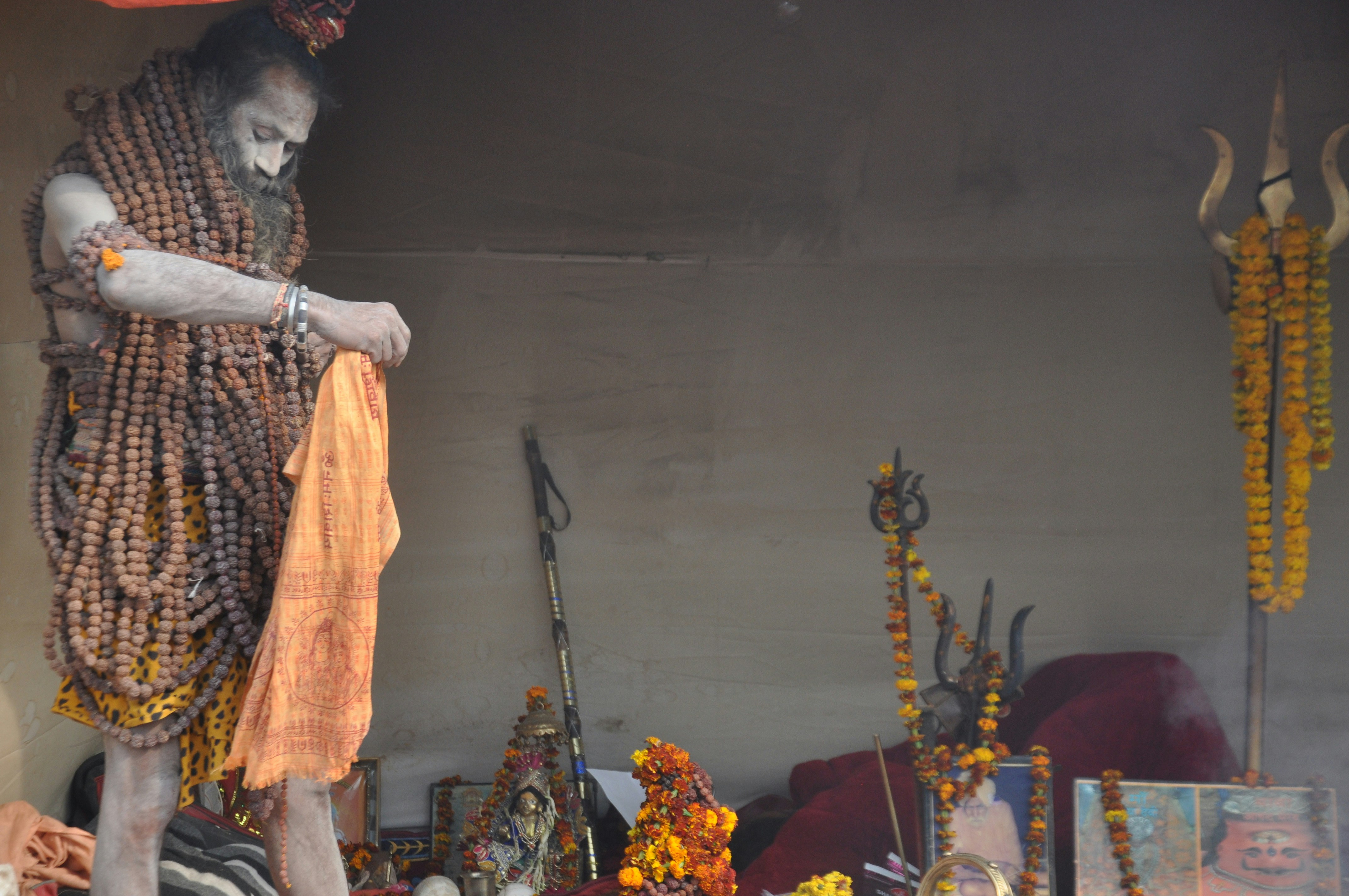Introduction
Certainly! Here’s a version of your paragraph with the keyword “Secret of Mahakaleshwar Temple” included:
Located in the ancient city of Ujjain in the heart of Madhya Pradesh, India, the Mahakaleshwar Temple is one of the most revered and important temples dedicated to Lord Shiva. This sacred shrine is not only a spiritual haven but also a repository of mysteries, legends, and divine energies that have fascinated devotees and scholars alike for centuries. The Secret of Mahakaleshwar Temple is woven into its historical roots and mystical rituals, such as the enigmatic Bhasma Aarti. This temple remains a treasure trove of secrets that are yet to be unraveled, drawing countless seekers to explore its hidden depths.
Historical Significance of Mahakaleshwar Temple – Secret of Mahakaleshwar Temple
The Mahakaleshwar Temple is one of the twelve Jyotirlingas that are considered to be the holiest abodes of Lord Shiva. The origins of the temple can be traced back several millennia, with mentions in ancient texts such as the Puranas. The Skanda Purana and the Shiva Purana give detailed information about the significance of the temple and the mythology surrounding it.
According to mythology, the temple was founded when a young boy named Srikar was so devoted to Lord Shiva that he decided to worship him on the banks of a lake. Pleased with his devotion, Lord Shiva manifested himself in the form of a linga, which later came to be known as Mahakaleshwar Jyotirlinga. The unique feature of the temple is that the Shiva linga here is Swayambhu, which means it has emerged naturally and has not been established by any human effort.
The Mythology Surrounding Mahakaleshwar
The temple is replete with mythological tales that enhance its spiritual aura. One of the most prominent legends associated with Mahakaleshwar is the story of King Chandrasen and a young devotee named Shrikar. As per the story, King Chandrasen of Ujjain was a great devotee of Lord Shiva. One day, when the king was worshiping Lord Shiva, a poor boy named Shrikar was greatly impressed by the king’s devotion. He too wanted to worship Lord Shiva and started meditating near the Kshipra river. A demon named Dushan, who despised the king and the boy’s devotion, invaded Ujjain. Fearing the destruction of his kingdom, King Chandrasen prayed to Lord Shiva. Overwhelmed by the devotion of the king and Shrikar, Lord Shiva appeared in his fearsome form of Mahakal and destroyed Dushan. From that day onwards, the residents of Ujjain started worshiping Lord Shiva as Mahakal, Kalpal and the ruler of all beings.
Architectural Grandeur
The Mahakaleshwar Temple is a magnificent masterpiece of architecture. The temple complex is a blend of Rajput, Maratha and Mughal architectural styles, reflecting the rich history of Ujjain and its rulers. The temple’s tall shikhara, intricately carved pillars and grand entrance are evidence of the craftsmanship of ancient India. The temple is divided into five levels, including the underground level. The Garbhagriha (sanctum sanctorum) houses the Mahakaleshwar Jyotirlinga, which is believed to be the source of all divine energy in the temple.
The temple also houses the Nagchandreshwar Temple on the third floor, which opens to the public only once a year on Nag Panchami. This restricted entry further adds to the mystery of the temple, as devotees eagerly wait for the day when they can seek blessings from the deity.
Mysterious Bhasma Aarti
One of the most mysterious and unique rituals associated with the Mahakaleshwar Temple is the Bhasma Aarti, a ceremony in which the Shivalinga is worshiped with sacred ashes (bhasma). This ritual is performed during Brahma Muhurta (before dawn), and is considered one of the most powerful and important rituals at the temple.
The origin of the Bhasma Aarti lies in the concept of life and death, which Lord Shiva controls as Mahakaal. The ashes used in the aarti symbolize the transitory nature of life, reminding devotees of the inevitability of death and the importance of spiritual liberation. Traditionally, the ash used in the aarti is taken from the first funeral pyre, symbolizing the ultimate truth of life. However, in contemporary times, this ritual is performed using ash made from dried cow dung.
The Bhasma Aarti is a spectacle in itself, with thousands of devotees visiting every day. The ritual begins with blowing the conch and beating the drums, followed by chanting Vedic hymns and applying ash to the linga. Seeing the linga adorned with sacred ash, flowers and sandalwood paste is believed to invoke the divine presence of Lord Shiva, who blesses devotees with spiritual bliss and protection.
The Underground Chamber: A Hidden Secret
One of the lesser-known aspects of the Mahakaleshwar Temple is its underground chamber, which is believed to hide ancient relics and secrets. This chamber, located beneath the Garbhagriha, is forbidden to the general public and is said to contain the original Shiva linga, which is so powerful that it must be kept hidden to prevent any disastrous events.
Legends suggest that the underground chamber is protected by mystical powers, and only a select few priests have access to this sacred place. The presence of this chamber adds to the aura of mystery of the temple, as many believe that it holds the key to unraveling the deepest secrets of the temple.
Swayambhu Linga: Source of Divine Energy
The Mahakaleshwar Jyotirlinga is unique because it is a Swayambhu Linga, which means that it has manifested itself. Unlike other Shiva Lingas established by humans, the Mahakaleshwar Linga has emerged naturally from the earth. This phenomenon is considered to be a rare and divine event, making the temple one of the most powerful and spiritually charged places on earth.
Devotees believe that the Swayambhu Linga is the source of immense divine energy, capable of fulfilling the desires of those who worship it with a pure heart. It is also said that the Linga is constantly growing, symbolizing the infinite and eternal nature of Lord Shiva. The energy emanating from the Linga is so powerful that devotees can feel it as soon as they enter the sanctum sanctorum of the temple.
Five Faces of Mahakaleshwar
Another fascinating aspect of the Mahakaleshwar temple is the depiction of the five faces of Lord Shiva, each of which represents a different aspect of his cosmic personality. These faces are known as Sadyojata, Vamadeva, Tatpurush, Aghora and Ishan, and they are associated with the five elements (panchabhuta) – earth, water, fire, air and sky.
1. Sadyojata represents the earth element and symbolizes the creative aspect of Lord Shiva.
2. Vamadev is associated with the water element and symbolizes the nurturing and preserving qualities of Shiva.
3. Tatpurush corresponds to the fire element, which represents the cosmic form of Shiva as the source of all creation.
4. Aghora is associated with the air element and symbolizes the destructive and transformative powers of Shiva.
5. Ishan is associated with the sky element and represents the supreme consciousness and omnipresence of Shiva.
These five faces of Mahakaleshwar are intricately carved on the walls of the temple, reminding one of the omnipresent nature of Lord Shiva. Devotees meditate on these faces to connect with the various energies of Shiva and seek his blessings for various aspects of life.
The Holy Kshipra River and Simhastha Kumbh Mela
The Mahakaleshwar Temple is located on the banks of the holy Kshipra River, which holds immense religious significance. The river is believed to have the power to wash away sins and purify the soul, making it an essential part of the pilgrimage to the temple. The Kshipra River is also the site of the Simhastha Kumbh Mela, one of the largest religious gatherings in the world, held once every 12 years. The Simhastha Kumbh Mela in Ujjain is a time when millions of devotees, saints and spiritual seekers gather to take a holy dip in the Kshipra River and seek blessings from Mahakaleshwar. The event features grand processions, religious discourses and elaborate rituals, creating an atmosphere of intense spiritual energy. The connection between the Mahakaleshwar Temple and the Kshipra River underlines the temple’s role as a centre of spiritual transformation and enlightenment.
Role of the Temple in Astrology and Vastu Shastra
The Mahakaleshwar Temple is also known for its association with astrology and Vastu Shastra, the ancient Indian science of architecture. The temple is said to be aligned with certain celestial bodies, making it a powerful center for astrological healing and rituals. Many devotees visit the temple to perform specific rituals and seek astrological guidance for overcoming obstacles and achieving success in life.
Vastu Shastra experts believe that the design and orientation of the temple is in perfect harmony with cosmic forces, enhancing the flow of positive energy within the temple complex. The alignment of the temple with the cardinal directions and the position of the Shiva Linga are considered highly auspicious, attracting divine blessings and prosperity to those who visit.
Unexplained Events: Divine Intervention
Over the years, there have been several cases of unexplained events and divine interventions at the Mahakaleshwar Temple. Devotees and priests have reported miraculous healings, sudden changes in the weather, and the appearance of divine light during certain rituals. These events are often attributed to the presence of Lord Shiva, who is believed to appear in various forms to protect and bless his devotees.
One of the most famous events is the appearance of a glowing light inside the sanctum during the Bhasma Aarti, which many believe to be a direct manifestation of Lord Shiva’s energy. Such events have further deepened the temple’s aura of mystery and attracted even more devotees seeking a spiritual experience.
Cultural and Spiritual Impact of Mahakaleshwar
The Mahakaleshwar Temple is not only a religious site but also a cultural and spiritual hub that has influenced the lives of millions of people. The temple has been a source of inspiration for poets, artists and saints who have contributed to the rich cultural heritage of India. The devotional songs, hymns and literature dedicated to Mahakaleshwar reflect the deep spiritual connect people have with this holy place.
The temple also plays a vital role in the spiritual journey of many devotees. The experience of visiting Mahakaleshwar, participating in rituals and meditating in the serene atmosphere of the temple leads to a profound spiritual transformation. Many devotees have shared stories of the changes in their lives after visiting the temple, attributing their success, peace and happiness to the blessings of Lord Shiva.
Conclusion
The Mahakaleshwar Temple is a place where the divine and the mystical coexist, creating an atmosphere of awe and reverence. Its rich history, deep-rooted mythology, architectural splendor and mystical rituals make it a unique and powerful spiritual destination. The mysteries of Mahakaleshwar, be it the Bhasma Aarti, the underground chamber, or the Swayambhu Linga, have been captivating the minds and hearts of devotees and scholars alike.











Leave a Reply